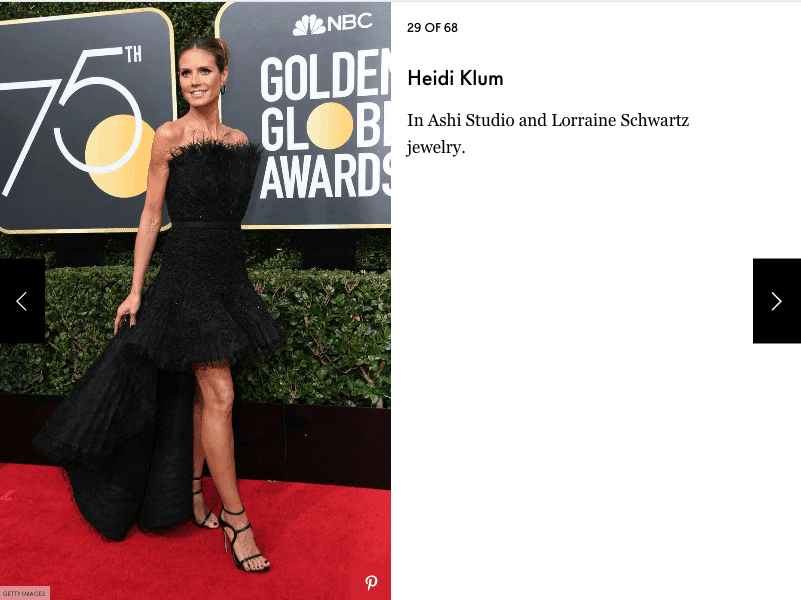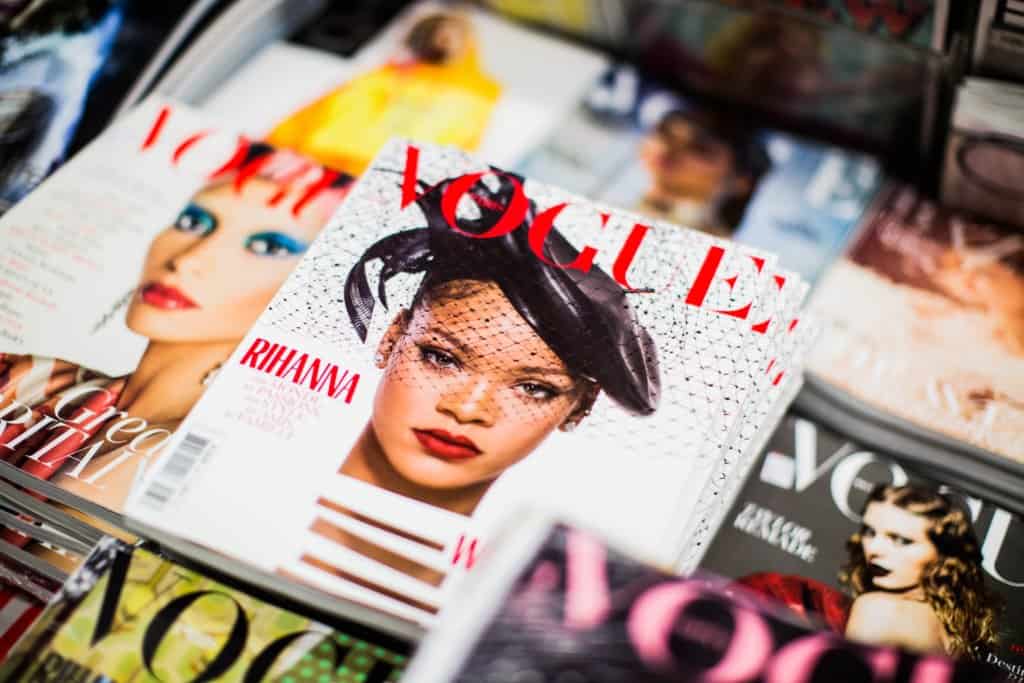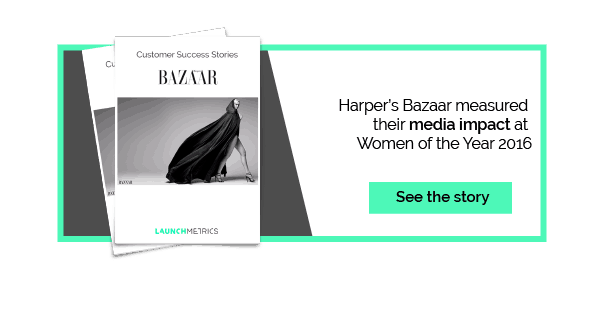You’ve seen the words "Media Impact Value" popping up all over the place lately. Harper’s Bazaar reported Victoria Beckham made almost double the Media Impact Value of Burberry at London Fashion Week. And WWD reported that Chiara Ferragni’s wedding outperforms ad campaigns with Chiara herself highlighting the fact that her wedding generated $36 million in our proprietary Media Impact Value® algorithm (MIV®). You may be asking yourself: what is Media Impact Value?
In this article you’ll learn…
Let's take a closer look at the MIV® algorithm
Media Impact Value is a proprietary algorithm developed by Launchmetrics to measure the impact of placements and mentions across different voices in the Fashion, Luxury, and Cosmetics (FLC) industry.
This means when Rihanna turns heads at the Met Gala in full Papal regalia, Priscilla Ono (the makeup artist behind her stunning look) can compare the media impact across print, online and social channels while Maison Margiela can calculate the total impact their gown generated across different types of media such as traditional publications, owned channels, influencers, and partners.
Brands can also see the buzz generated by celebrities wearing their creations compared to that of other brands. For example, while Rihanna was the most talked about celebrity at the Met Gala, Versace (worn by Kim Kardashian) was actually the most talked about brand, generating $16.7M in MIV compared to Maison Margiela’s $3.3M.
The unique formula is designed to compare results across various voices, channels, media types, time periods, products, regions and more. This allows brands to benchmark performance along with cross-compare strategies to better gauge what’s overperforming and what’s falling flat.
How is it calculated?
Here’s a quick look at the history behind Media Impact Value as well as how it’s calculated.
MIV was developed to address some of the unique challenges the FLC industry is facing when it comes to measuring performance.
The line between paid, owned and earned media has become increasingly blurry, as has the line between print media and online & social channels. For example: how does Jaclyn Hill’s makeup tutorial compare to a sponsored post or even a post on your own brand’s social channels? And how does a placement in Vogue's September issue compare to a backstage NYFW post on their Instagram Story?
Not to mention reach and engagement metrics only tell part of the story when it comes to measuring results. An influencer with an extremely low engagement rate isn’t nearly as impactful as a post on your own brand’s Instagram account. Quality matters especially when it comes to measuring the value of a post.
Which factors does the formula include?
MIV takes into account four main criteria: reach, media rates, media quality, and content quality.
A base value is calculated using the standard reach and media rate metrics. It is then adjusted based on the overall quality of the mention. This ensures that placements from more sought after sources are valued at a higher rate than less attractive sources.
Media quality is focused on both the relevance and authority of a source. For example, media that are directly related to Fashion, Luxury or Beauty topics are valued higher than corporate sites or news feeds. Additionally, mentions from top-tier influencers or well-respected publications have a stronger impact than tabloids or lesser known sources.
Content quality takes into account engagement metrics (ex: likes and share counts) as well as factors such as images or videos and the number of brands quoted. A full editorial on the inspiration behind a look is far more valuable than a quick image in a Red Carpet slideshow.

A snap from Elle.com's slideshow
Authenticity checks on both the content and media sources also ensure that mentions from “spam-like” sources are discounted or eliminated. This includes everything from posting too frequently (so that content gets lost in the clutter) to more overt indicators like #follow4follow.
Download our MIV cheat sheet to see all of the factors that are evaluated by the algorithm.

